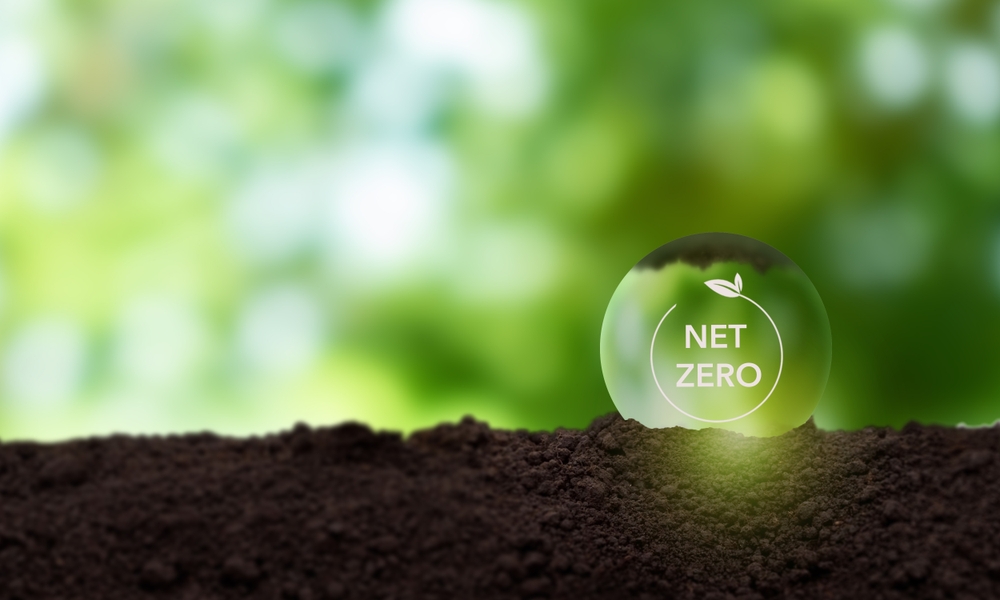Commercial, Energy Efficiency, GHG Emissions - January 24, 2025
Microsoft Expands Carbon Removal Acreage
Microsoft announced the expansion of its commitment to restore areas in the Amazon and Atlantic forests with a commitment to purchase nearly 3.5 million metric tons of CO2.
The tech company partnered with re.green to restore a total of 33,000 hectares as part of Microsoft’s carbon removal initiatives and add 17,500 hectares to 15,500 hectares from a prior agreement.
This marks the second agreement signed by the two companies to restore parts of the Amazon and Atlantic Forests, two of the most biodiverse biomes on the planet.
The collaboration has already delivered results: re.green has planted over 4.4 million seedlings spanning 80 native species and 11,000 hectares of degraded or abandoned pasturelands as part of the first carbon removal offtake agreement signed with Microsoft in May 2024. The expanded commitment further highlights Brazil’s role as a global leader in restoration-centered nature-based solutions.
“Microsoft is pleased to expand its collaboration with re.green to continue advancing native-species-led restoration in Brazil. Meeting our 2030 carbon negative target will require tapping into a diverse array of carbon removal pathways, and we are keen to support those nature-based solutions which go beyond sequestering CO2 to simultaneously improve social and ecological outcomes,” said Brian Marrs, senior director of carbon removal and energy at Microsoft, in a statement.
The project focuses on ecological restoration and reestablishes the diversity, structure, and function of natural forest ecosystems. This accelerates atmospheric carbon removals; increases habitat for endemic, rare, and threatened species; and fosters local development.
The collaboration now focuses its efforts in three regions:
- In the Amazon Forest, the project targets the eastern edge of the biome, straddling western Maranhão and eastern Pará.
- In the Atlantic Forest, efforts are concentrated in Southern Bahia, at the heart of the central biodiversity corridor of the Atlantic Forest. The region is a hotspot of biodiversity known for its high tree diversity.
- Also in the Atlantic Forest, restoration will be implemented in Vale do Paraíba, including parts of Rio de Janeiro and Minas Gerais. This encompasses the southeast biodiversity corridor of the Atlantic Forest, connecting large mountain systems that act as water towers and protect the habitats of many threatened species.
Read These Related Articles:
- Executives from top Microsoft, Johnson Controls, Vestas, and other firms join AEE board
- Microsoft, Nike Partner For Oregon Community Solar
- Microsoft Deploys Carbon Removal Program
- Microsoft to Digitize Carbon Capture and Storage Value Chain
- Smart Energy Voices Podcast: Episode 91 - Sustainability, Reliability, and Security While Managing Costs
Stay Up-To-Date












